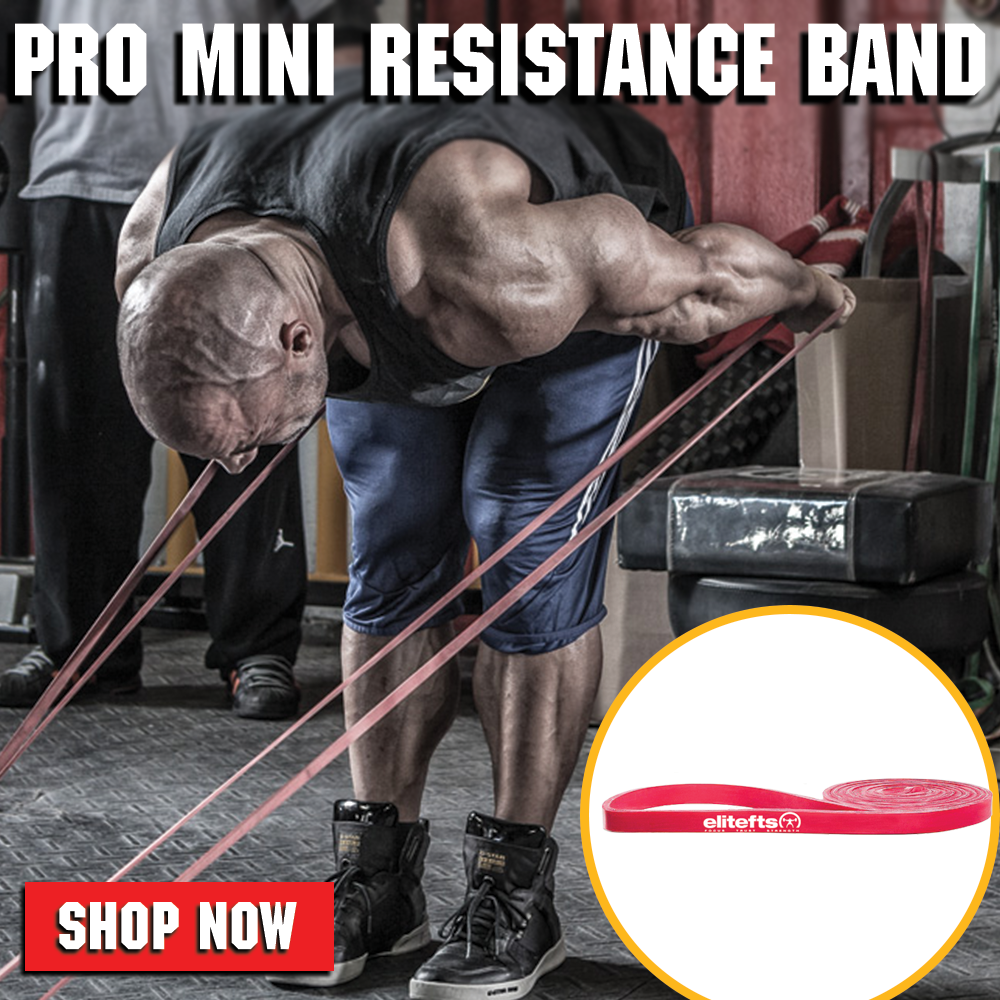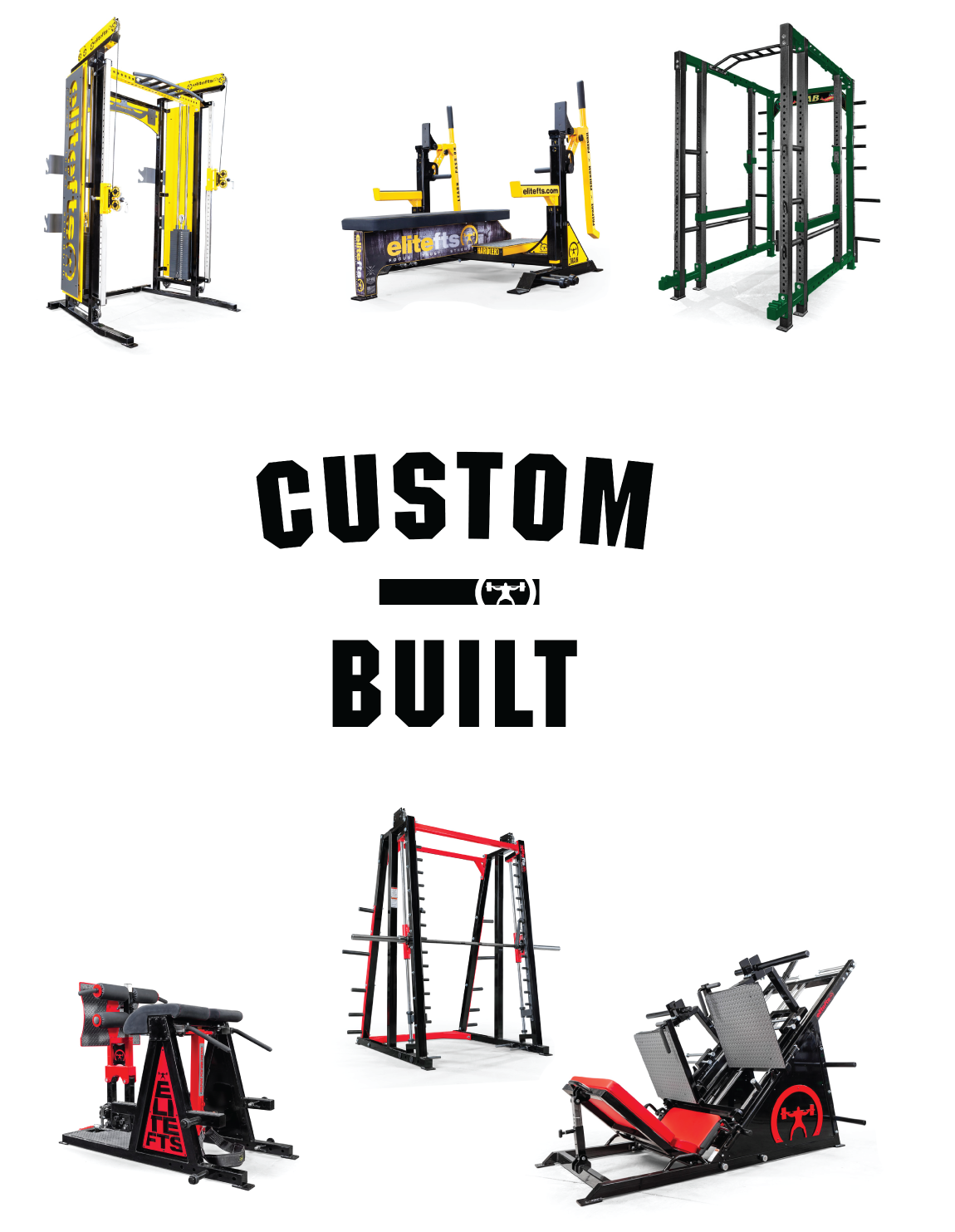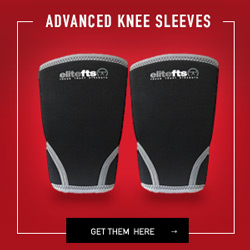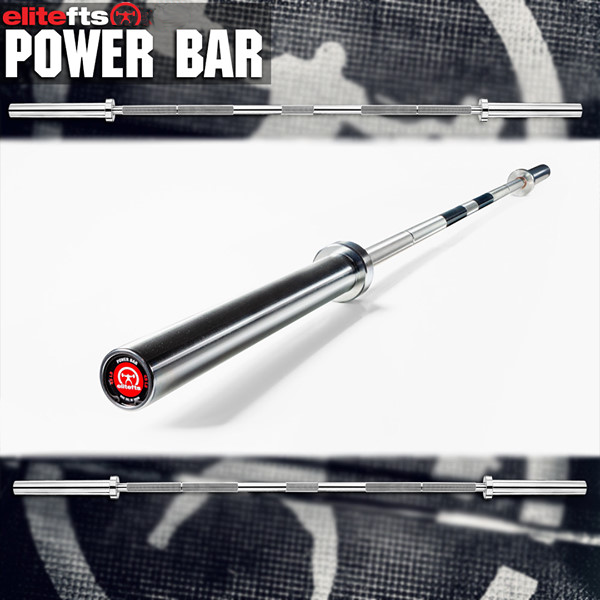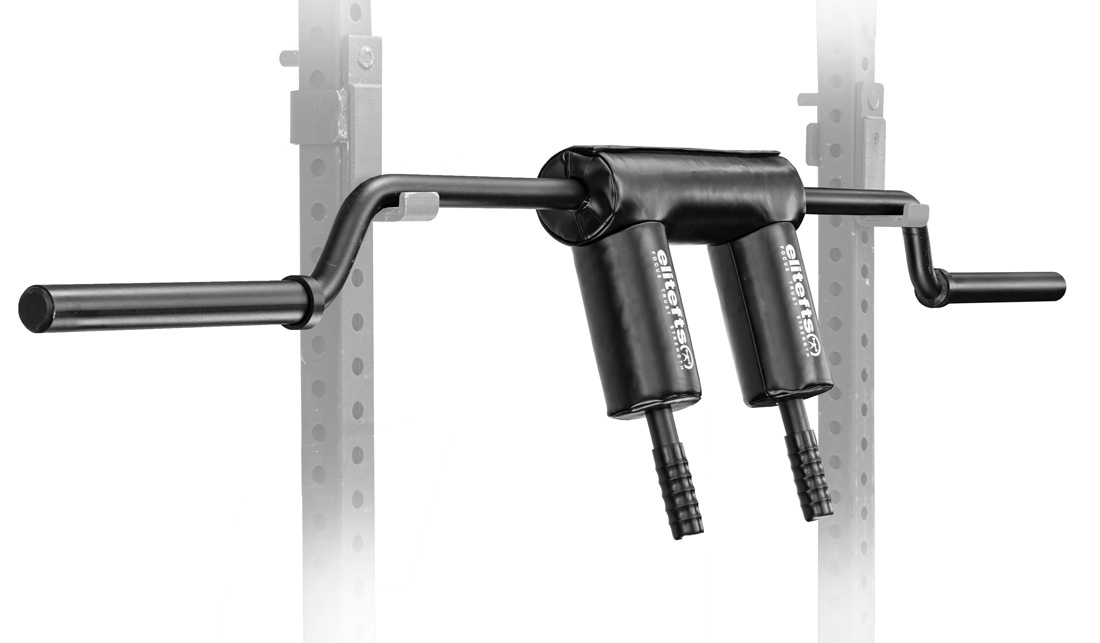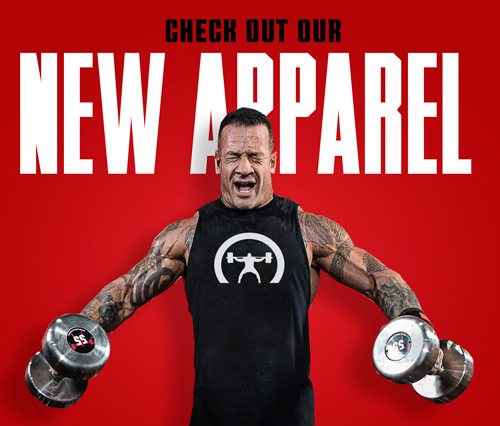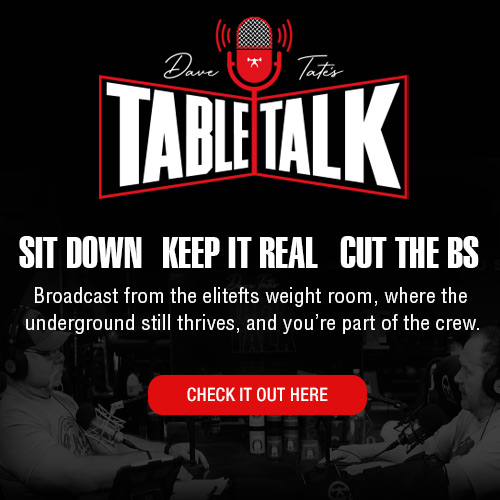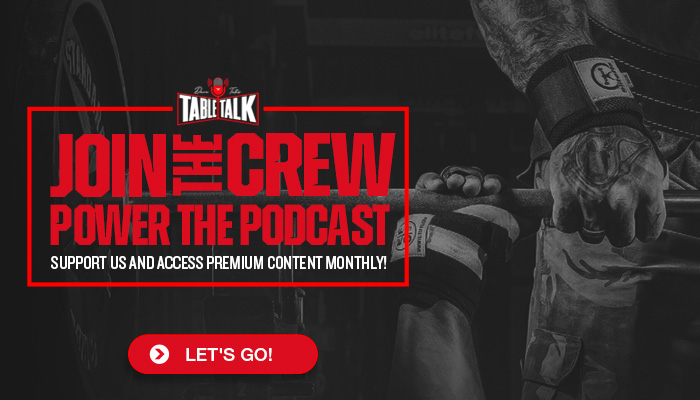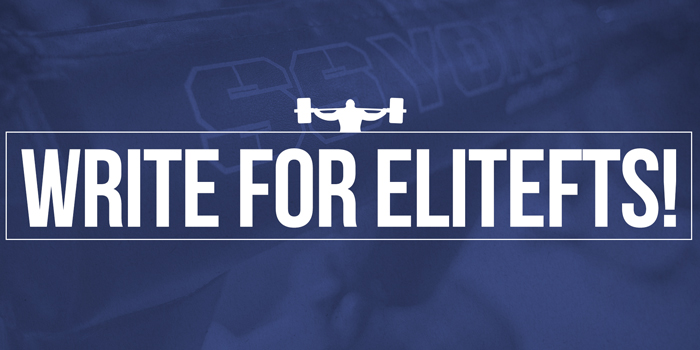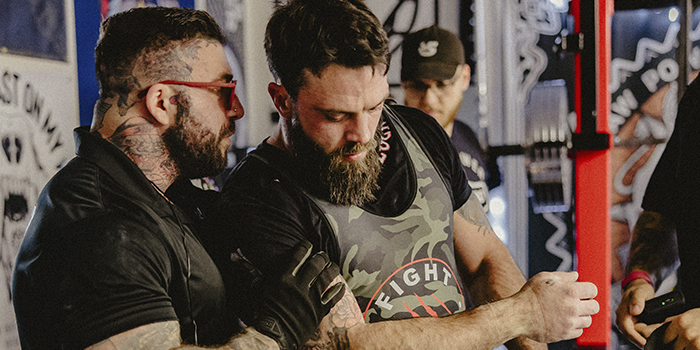
It has been a hot minute; your total has become elite, the competition has dwindled, and you are smoking all your local opponents. After a few meets and a few years, many intermediate lifters may find themselves in this position, which requires a simple choice. Do you remain a big fish in a little pond or venture out of your comfort zone and into bigger meets? Bigger meets at higher levels of competition and with more prestigious accolades…but at what cost?
With the recent reconfigurations of multiple feds, yearly qualifiers updated as the younger generation of lifters grow absurdly strong, and multiple ladder-style fed schedules on the horizon, now seems to be an opportune time to have this little discussion.
The aim of this article, like many of mine before it, is never to insult or discourage but more so to open conversation and, more importantly, make you a more self-aware lifter of where you want to go with your powerlifting career.
Note: In hindsight, this article is actually pretty humorous, as I hadn't finished it before the WRPF fractured and PLU formed. The feds are literally changing as I go back to edit this, but that's a whole pitcher of tea for multiple brunches.
Transitioning to Nationals
When I first decided I was ready for nationals (USPA Las Vegas), it was 2018. I had been competing since early March of 2016 and had done seven meets within those two years around the tri-state area. I had grown from barely filling out the 181 class with a 1306 raw total (408 dots) to a 1665 total in wraps (512 dots). This classified me at the time as an 181 international elite within the fed and was more than enough to qualify me for the class two total requirement at the time to sign up: Qualifications went by totals assigned to weight class versus the dots requirements of today's meets. The only reason for specifying this is that combing back through my meets, I wanted to put into perspective where I was compared to the demands of today's necessary registration qualifications.
WRPF nationals are generally around 425 to 450, depending on tested and open division. In contrast, the modern American Pro and similar meets of years past (The Showdown, Kern/US Open) were higher, such as 475 to 500 (converted from Wilks scores). So why the brief history lesson and rehash of my old raw totals and scores? Why highlight how strong I was? To brag and boas and to reminisce on days past and what should have been? No. The real answer is one much harder to swallow. One that took many months to stew and roll around in. I simply was not ready.
A Lesson Learned the Hard Way
Yes, I bombed out that year after many expected me to run away with the win. I was cocky; I was driven, but damn, I was underprepared and inexperienced. While my body and strength met the criteria for such a meet, my mind did not. I did not deserve to be there and overlooked one of the most essential things a lifter can have: time in the sport. While setting goals and conquering them is undoubtedly one of the allures of it all, being reasonable and learning to love the journey will reap far more rewards and benefits.
When To Compete at a Higher-Level
So, after all this talk, the appropriate question is when should I compete at a higher level meet? This answer is always twofold: First, look at the meta and average of like lifters at these events. Are you on par; do you stand a fighting chance to make it to the podium? Or is it a complete blow out and will you be dead last? I would be inclined to think you would want to be competitive at a higher level competition, and not go for clout or photo opportunities but rather actually be there and give it your all among competitors who are doing the same.
I also feel my response is somewhat jaded, as I stopped participating in nationals once the feds kept lowering entry requirements. Every year, they would drop another qualifying class, another fifty pounds on the total needed until, eventually, it was an all too obvious dupe for a federation cash grab.
My take? Stay local until you are numerically ready. Support meets at the local level and get more experience under your belt. Help grow the sport in your area instead of driving or flying eight hours to say you went to XYZ. The totals all post the same to Open Powerlifting. There are far too many flashes in the pan right now doing it all for the sake of a photo they paid $300 for and the bragging rights to say I did "this" event only to get absolutely stomped with their barely qualifying total. But how did we get here?
Degradation In A Nutshell
When big meets (mainly untested raw with wraps) came to light and began to surge with the interest of better livestreams (think back to the first few we even paid for to watch from home). I can almost trace the start of the last decade's divide. Many feds lowered standards for qualifying totals to get into nationals as an all-out cash grab, rusing it under the idea of making it for the lifters. This meant more lifters because lowered totals per weight class equals more days for divisions and more money in pockets.
Lifters began changing long-term goals in exchange for the short-term gratification of going to a higher-regarded meet. You did not have to get stronger. You just had to wait until the feds wanted more of your money. This began the decline of higher-level lifters wanting to go to nationals, and instead, larger money meets began popping up, offering stiffer competition, more payouts, and higher endorsements from bigger name sponsors, all in hopes that powerlifting would be moving into the light of a pro sport (aka recognized more as a household name plus the tv/broadcast time).
Simultaneously, more lifters flooded the sport and nationals. Popularity rose, and any real competition shunned it in favor of competing with the best, knowing nationals would not be that. With the rise of this trend over the next few years, the sport grew, and new lifters' ability to name-drop "nationals" or "regionals" within their first year of lifting grew.
Sadly, they no longer idolized Pete Rubish's defining roar within a basement laundry room on YouTube; instead, they replaced it with "demon time" and anime archetype eras.
The Role of Social Media's Influence
Social media's continuing rise has taken powerlifting in an entirely different direction. Social media has opened the sport to cavalcades of new lifters and expanded feds. While it has made it more opportunistic to strengthen athletes of all calibers, it has also changed the mindset of the participants, and it is not always for the better.
Gone is the era of group training, where each member on the totem pole pulled their weight and worked together as a team to push each other. Instead, insert your standard broccoli hair boy, hogging a combo by himself, with a lone wolf mentality all for "the gram." Every kid has a "sponsor" discount code and vlogs and is mic'd up for workouts. They care more about follower counts than counting reps. Remember: You do not have to do this. Powerlifting is fun. It is a privilege to be able to train at all. As surgeries have caught up to me, I realize more and more how lucky I am to continue to train, especially at the capacity I do.
Standards at Big Meets
Another prime reason to wait to compete at a larger venue/invitational meet is "the standard." Hopefully, the fed or prestigious, qualifier-required meet will also uphold strict adherence to the rulebook. You should be properly prepared as a lifter who has signed up for one of these events. Too often have I seen even well-seasoned lifters get a lift turned down, only to blow it up on social media asking followers their take on the lift. They search for reassurance that "they got robbed."
Most of the followers are not referees, were not at the venue, have never competed, and do not even know what constitutes a "good lift," yet somehow, the angry keyboard mob reassures the butthurt lifter that it counts in their book. This makes you look like a chump and diminishes your sportsmanship. Any staff that sees it will not be thrilled to have you back, and you will not make your total any higher.
Accountability and Sportsmanship
Whether you like it or not, you are being observed and looked up to, so try to set a good example. Be remembered as the competitor who not only had good lifts but also had a good attitude and was a decent person to be around—not some muscle-bound crybaby. From an inside view as a director and national ref myself, it is not some lucrative money making business. We are not rolling in dough and Scrooge McDuckin' into a pool of gold coins after the meet.
We are people who devote our time to growing the sport and making sure you have a place to compete. Trash-talking the meet staff online after you could not keep it together for a few lifts is nothing short of childlike behavior. So the bottom line is: If you can not hack it with some real rules, stay in the backyard until you can hold yourself accountable.
Building a Solid Foundation as a Beginner
Unless you are coming from a sports background and have actually really trained before or have underlying medical needs/obstacles to work around, your first three years of powerlifting do not need some special magical, me me me program. Do you know what your weakness is? ALL OF IT. You are not strong in anything yet and just need to build muscle.
I see way too many lifters leave great coaches because they feel they need special treatment or a personalized program that addresses their "weak" spot when they still can not take a 225 bench. Your coach's job should be, in this particular case, keeping you accountable, measuring progress, and demonstrating and fine-tuning technique. Of course, you should be able to question your coach about their choices regarding your training, but fighting them at every corner is just asinine. I hate to use old archaic standards, but if you can not bench one and a half times your body weight, you are still a beginner and need to get stronger, not find some magic bullet from a flash-in-the-pan influencer. Be open to training philosophies, try to soak it all in, and learn.
Enjoying the Powerlifting Journey
This is a bit convoluted, but the bottom line is this: Enjoy the journey, enjoy the people, and stop shutting yourself off from ideas because you want everything right this second. Get stronger, set a goal, smash that goal, and then do it all over again. You do not need to do this for strangers on the internet, and as fun as that may seem right now, it fades, as do many powerlifters who "retire" from the sport before they even have a career. It is okay to be a continued work in progress; that is all this sport is, and you have to learn to love that as well. And if you can not stay "retired," no one missed your six-month hiatus and shitty attitude, I promise.
Travis Rogers currently resides on the Eastern Shore of Maryland, where he owns and operates a strength training facility, “The Bear Cave.” He also works as a graphic designer, 10th and 12th grade ELA teacher, and is active in the community with his 501(c)3 charity organization for underprivileged children. He is the WRPF MD and DE state chairman, a national-level referee, and a meet director for the surrounding area. Travis has been in the top-10 198 rankings for the last four years in both sleeves and wrapped divisions. After double quad rupture surgery, he began a new journey in equipment. In his first meet back from surgery, he totaled 2138 in the unlimited 198 division.


